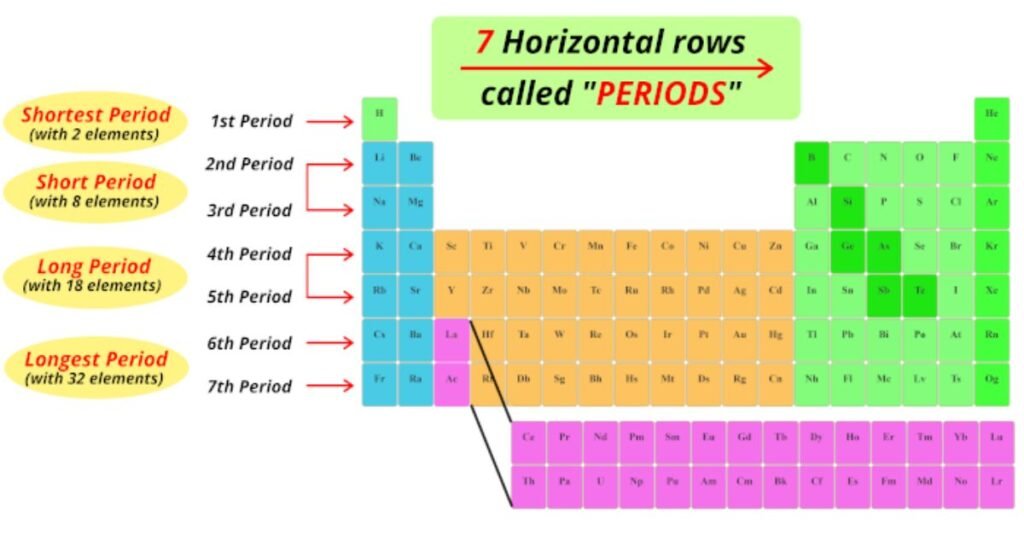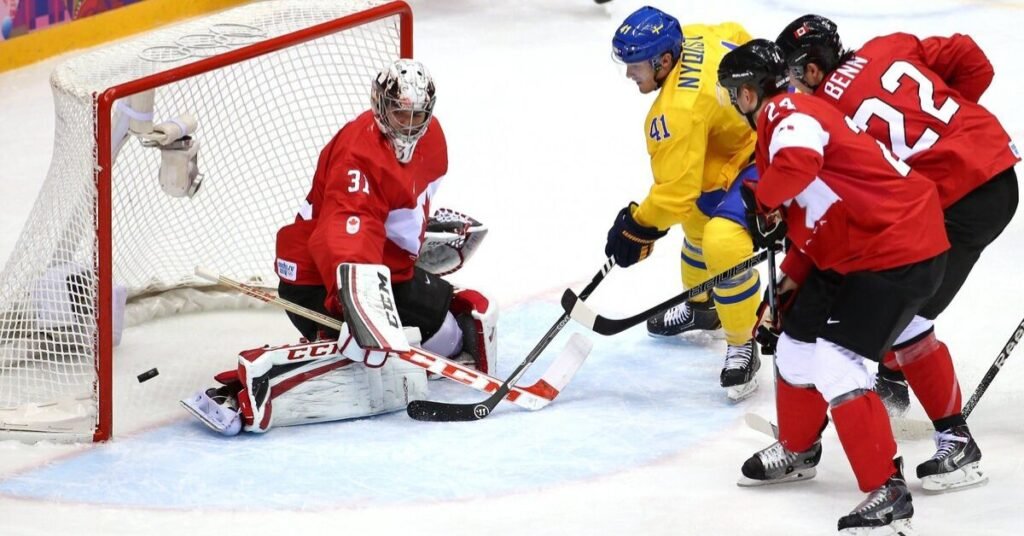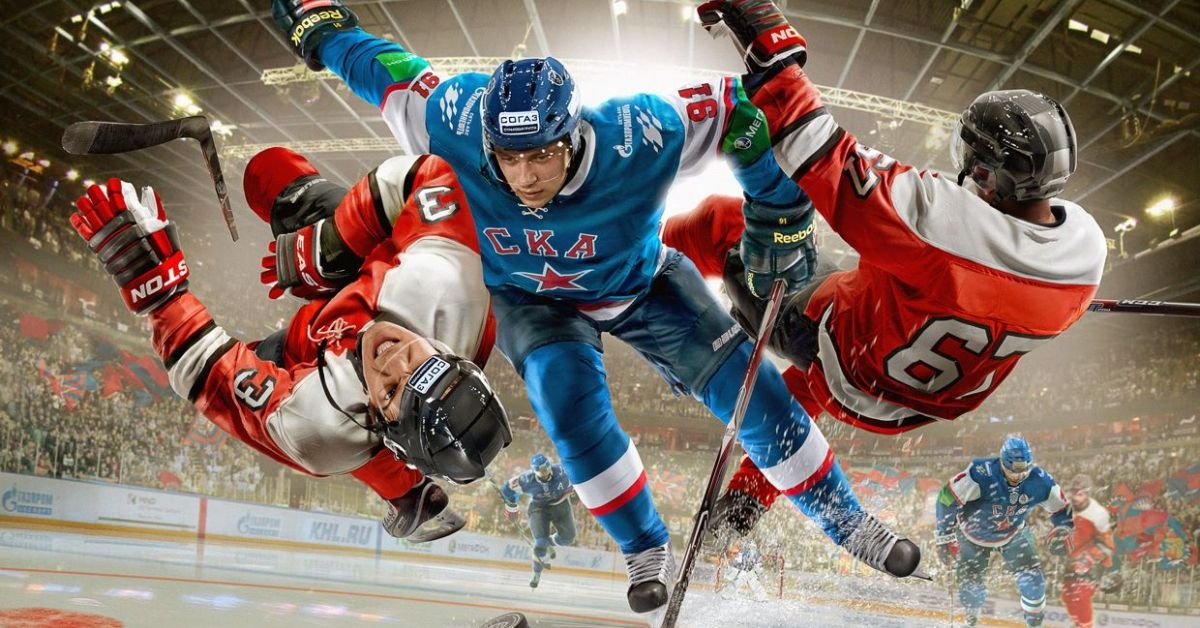The sport of hockey is fast-paced with an unique structure for games. The structure plays a crucial role in the flow of the game, its strategy and exhilaration. Fans and newcomers often ask: “How many periods are in hockey?” This guide will look at the fundamentals of hockey and the amount of games and their length. Also, we’ll examine how the duration of these periods affects the gameplay’s dynamic.
Unveiling the Game Structure of Hockey and How many Periods in a Hockey Game
Hockey is a sport that’s exciting and draws admirers from all over the world. It’s famous for its speedy games as well as its strategic approach to playing. Its unique design can be a key element in understanding its dynamics and flow. Let’s look at the key components that make up the structure of a hockey game.
The game is divided into segments called periods. These periods are the game’s building blocks. How Knowing how many periods and their length is crucial for appreciating hockey’s gameplay.
The Periods of a Hockey Game
A hockey game has three distinct periods. Each period has its own duration and strategic importance. How many periods in a hockey game?This structure allows teams to pace themselves, adjust their tactics, and keep the game intense.
| First Period: | The opening period sets the tone, with teams trying to get an early lead. |
| Second Period: | The middle period sees increased intensity and a battle for control. |
| Third Period: | Third period of the game is when result is decided. teams putting all their efforts into trying to be victorious. |
This three-period structure is a hallmark of hockey. It provides a clear framework for the game’s ebb and flow. Each period offers unique challenges and opportunities, keeping the game engaging and the outcome uncertain until the end.
The length of each period is also key. Typically, each period lasts 20 minutes of playing time. The following article will explore the fundamental components that make up the structure of a hockey game. This consistent timing helps maintain a steady rhythm and encourages teams to manage their resources and strategies effectively.
Understanding hockey’s structure, with its defined periods and consistent timing, enhances appreciation for the sport’s strategic nuances and intense drama on the ice.
How Many Periods Are in a Hockey Game?
The hockey matches are divided in three sections that run about 20 minutes per game. The game is one hour long, without taking into account shootouts, overtime and other shootouts.

Duration of Each Period
The three periods are key in hockey. They allow for breaks, player changes, and team strategy adjustments. Knowing how many periods are in a hockey game length helps fans and players enjoy the game more.
| First Period: | 20 minutes of regulation time |
| Second Period: | 20 minutes of regulation time |
| Third Period: | 20 minutes of regulation time |
The three periods give hockey its rhythm and excitement. They help teams make strategic moves and fans stay engaged. This structure is crucial for the game’s flow and drama.
“The periods in a hockey game are the heartbeat of the sport, providing a structured rhythm that captivates players and fans alike.”
The Importance and How many Periods are Played in Hockey
Hockey games are divided into three periods. This division is key for teams and players. They have the opportunity to take a break, adjust and employ new techniques to beat their adversaries. Each period’s start will alter the speed of the game and give teams the chance to change the game.
Strategic Implications
Coaches and players must grasp the value of periods in hockey. It’s vital for creating winning game plans and making smart decisions during the game. Here’s why periods matter and how many periods are played in hockey:
Opportunity for tactical adjustments: Coaches can review the game, spot strengths and weaknesses, and tweak their plans.
Momentum shifts: A new period can bring fresh energy, helping teams change the game’s direction.
Player substitutions and rest: Players get breaks to rest and recharge, affecting their performance and endurance.
Psychological impact: Periods can reset players’ minds, helping them refocus and regain their energy.
Teams that understand the strategic value of periods can craft better game plans. They make smarter decisions and boost their chances of winning on the ice.
How many Periods in Hockey Game Strategy and Flow

The structure of a hockey game, with its three periods, is key to the sport. It shapes the game’s flow, strategy, and dynamics. Knowing how many periods in the hockey game and their duration helps fans and players appreciate the game’s complexity. This guide has given you a deep look into hockey’s structure. It’s great for both hockey lovers and newcomers. The importance of periods in hockey is huge. They decide the game’s outcome and the teams’ strategies.
Keep these insights in mind as you watch hockey. They’ll make you understand and enjoy the game more. You’ll get into the excitement of each game and the team’s dynamic.
FAQ
How many periods are in hockey?
Hockey games have three periods, each lasting 20 minutes. So, a full game, without overtime or shootouts, is 60 minutes long.
How many periods are in a hockey game?
Hockey games are split into three periods. Each lasts 20 minutes, making the game 60 minutes long.
What is the duration of each period in a hockey game?
Each period in hockey is 20 minutes. This adds up to 60 minutes of playtime for the whole game.
What is the importance of the periods in hockey?
Hockey’s three periods are crucial for strategy. They let teams regroup and plan new tactics. The start of each period can change the game’s momentum, helping teams gain an edge.
How do the periods in hockey affect the game’s strategy and dynamics?
The three periods in hockey shape the game’s strategy and flow. They give teams chances to adjust and use new tactics. The start of each period can also change the game’s intensity, helping teams to gain an advantage.

